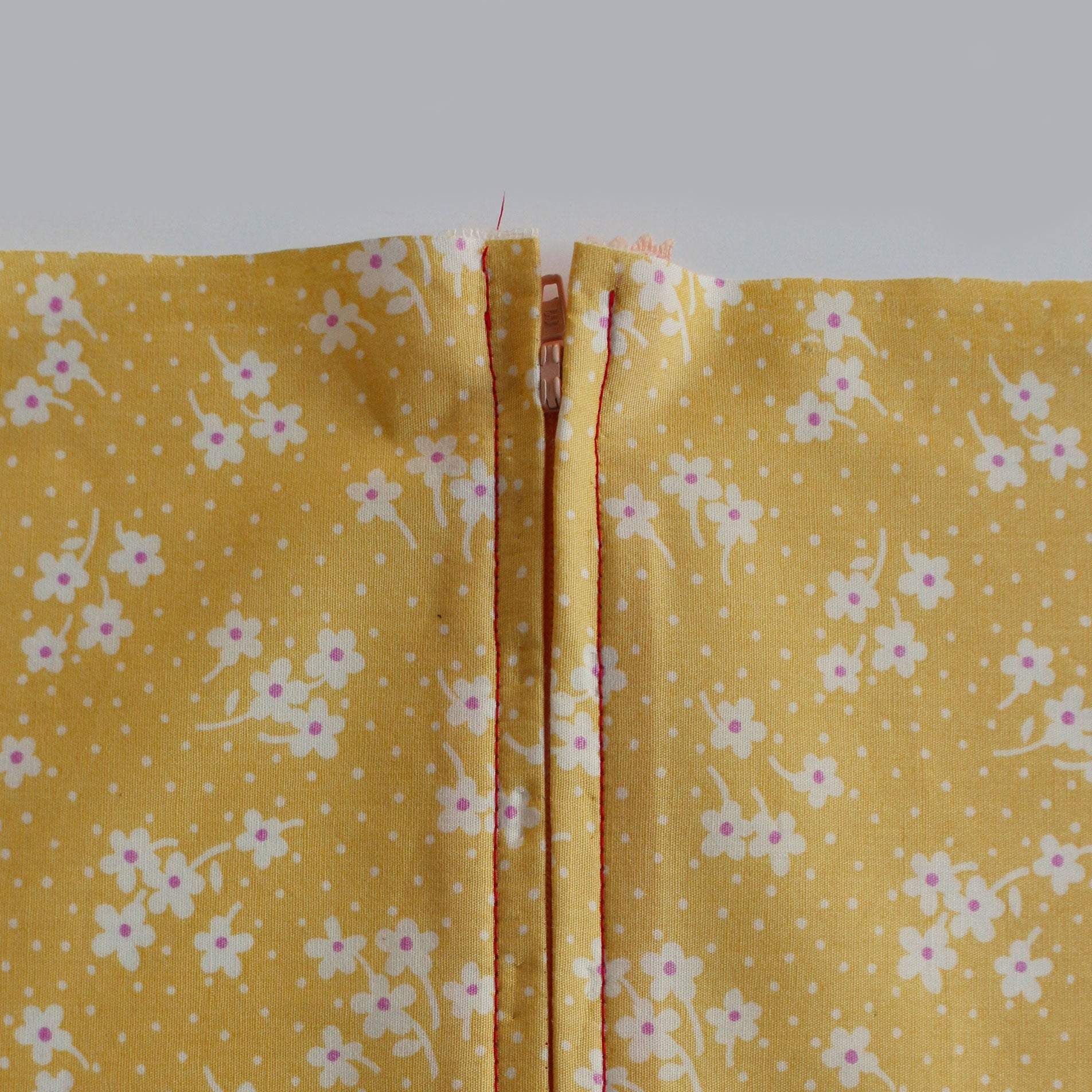
How to sew a centered zipper
A centered zipper is one of the most usefull zippers to be able to sew. They are commonly used in skirts, dresses, and pants, as well as cushion covers and handbags. In this tutorial, we'll show you how to sew a centered zipper using directional sewing, which avoids the fabric from shifting in different directions once the zipper is sewn in.
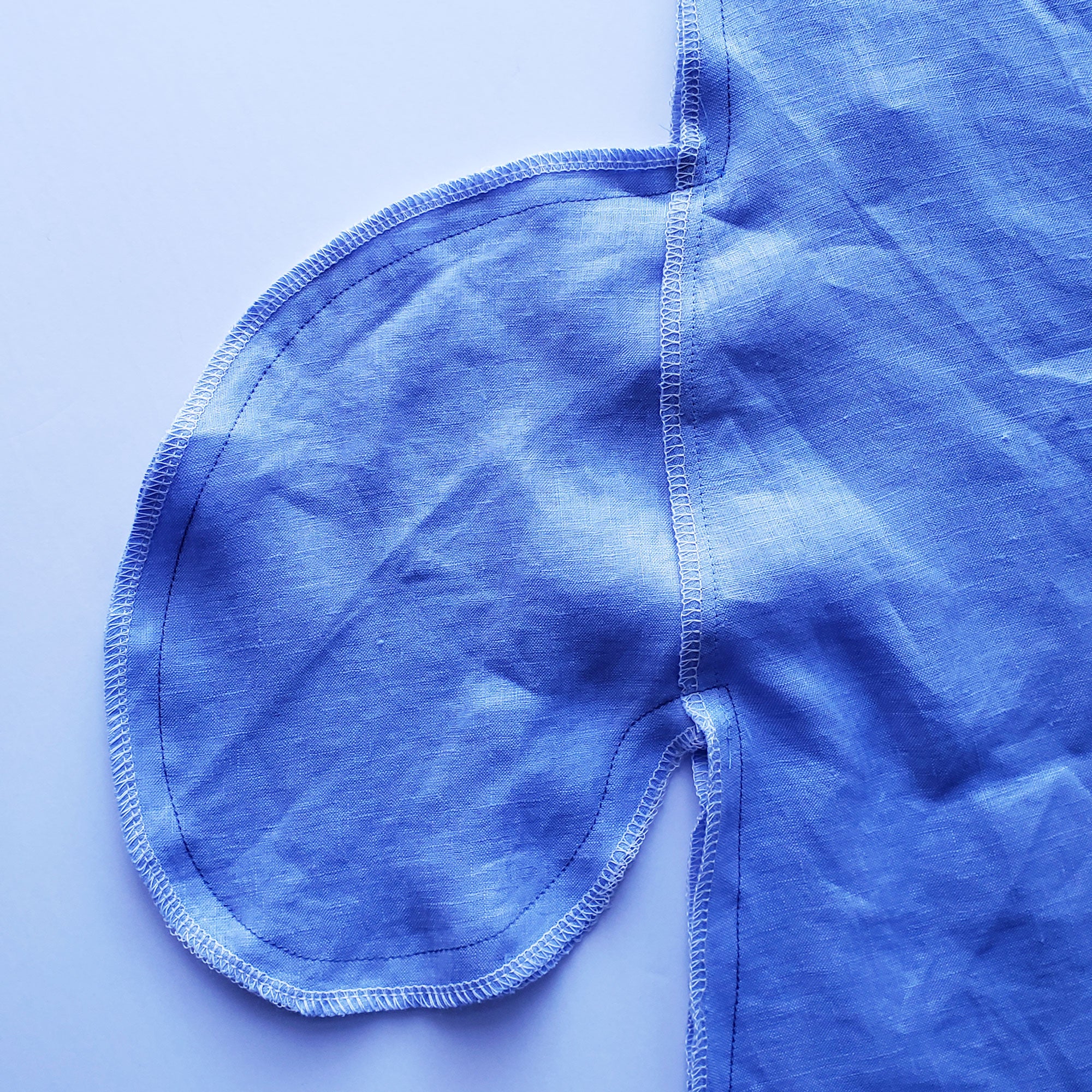
How to Sew Side Seam Pockets
Having pockets make any garment SO much more enjoyable to wear. There's really no reason why you should have to go without them because side seam pockets are a really easy addition to a garment, even if the pattern doesn't call for a pocket. While this tutorial is part of the Sofia sew-along series, you can follow these steps if you're looking to add a pocket to just about anything. Let's dive right in.
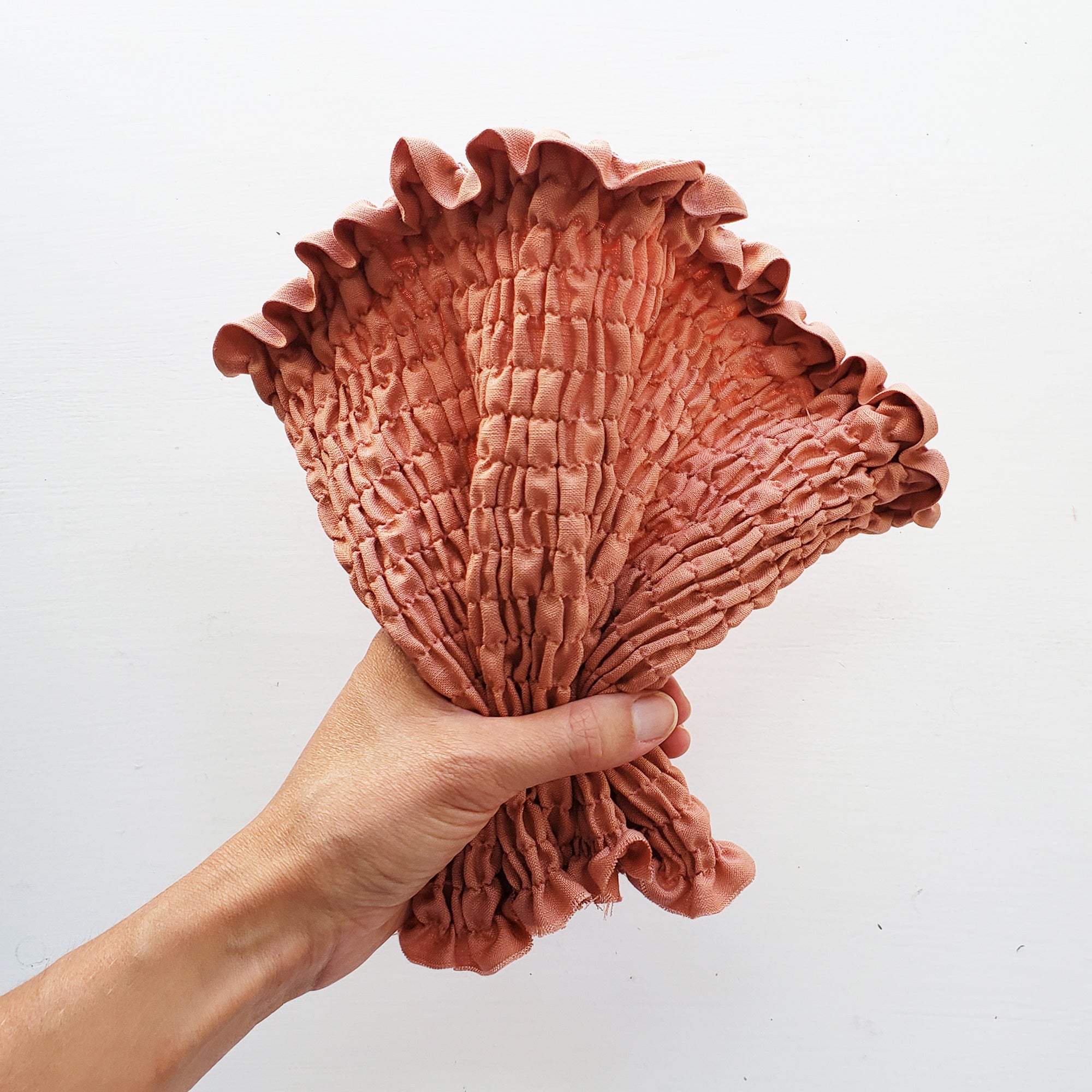
Shirring the Sofia Bodice
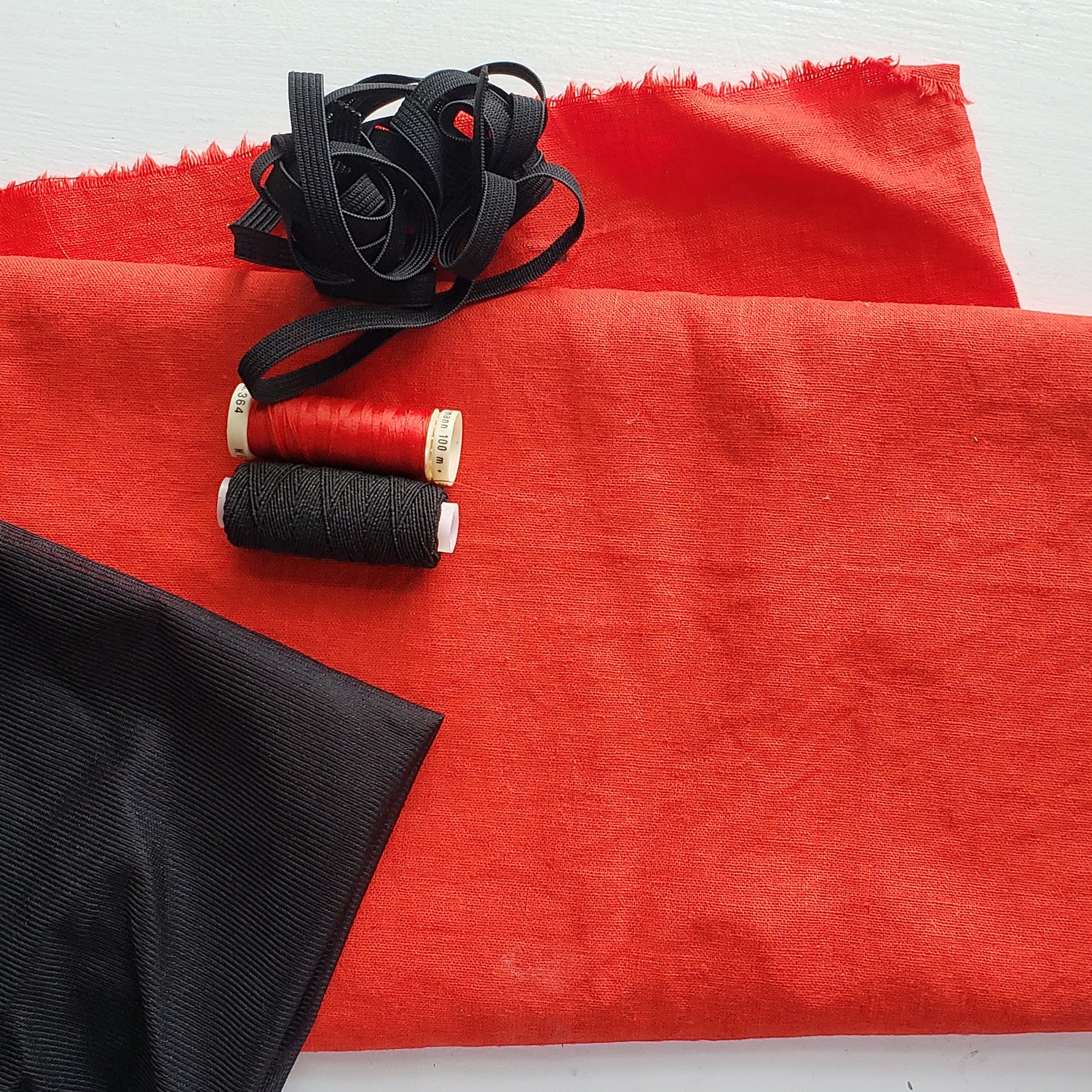
Getting Started with Sofia
In this post, we'll go over all the supplies, tools and notions needed for the project. We'll also make a cut list for each of the versions for this pattern.
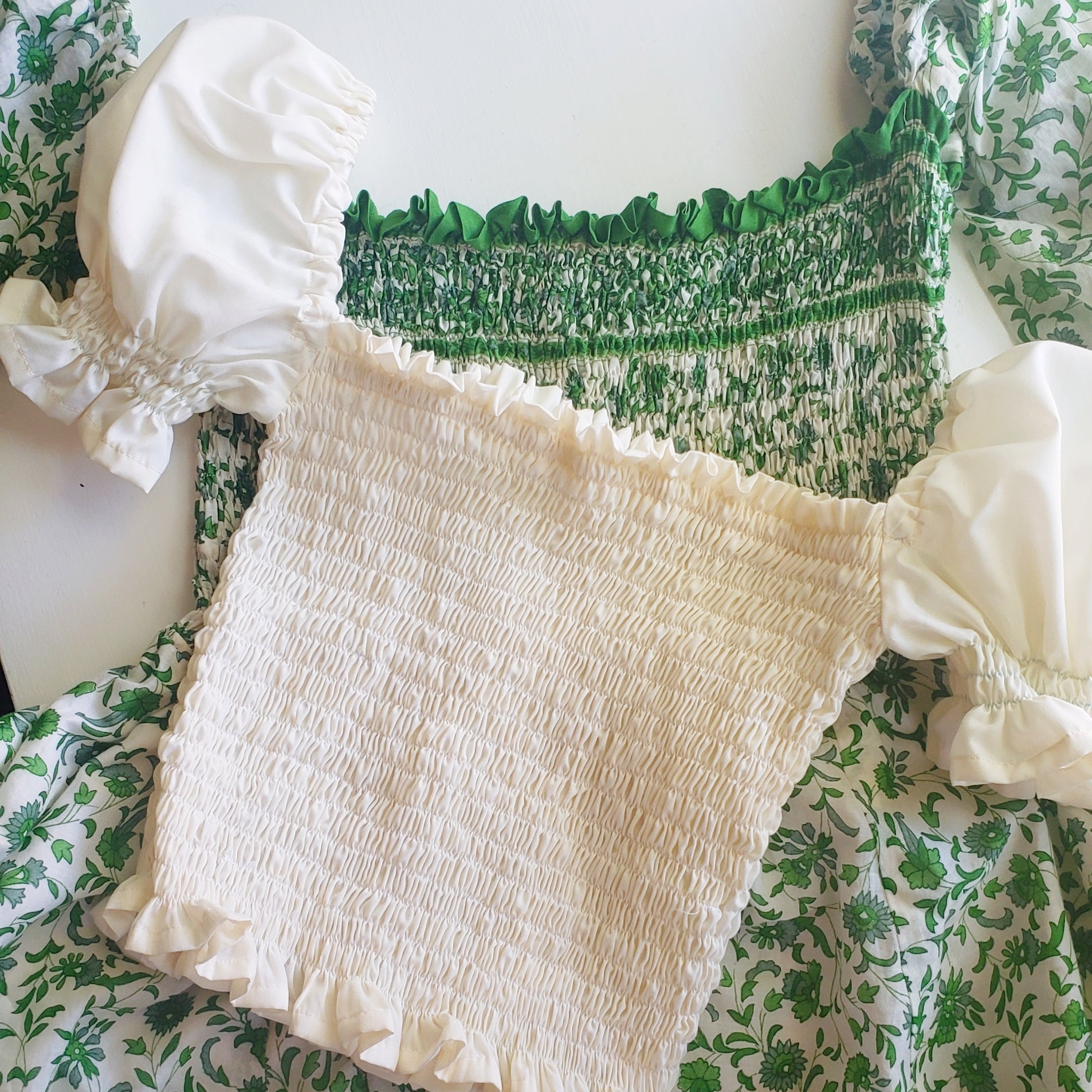
Sofia Fit Adjustments
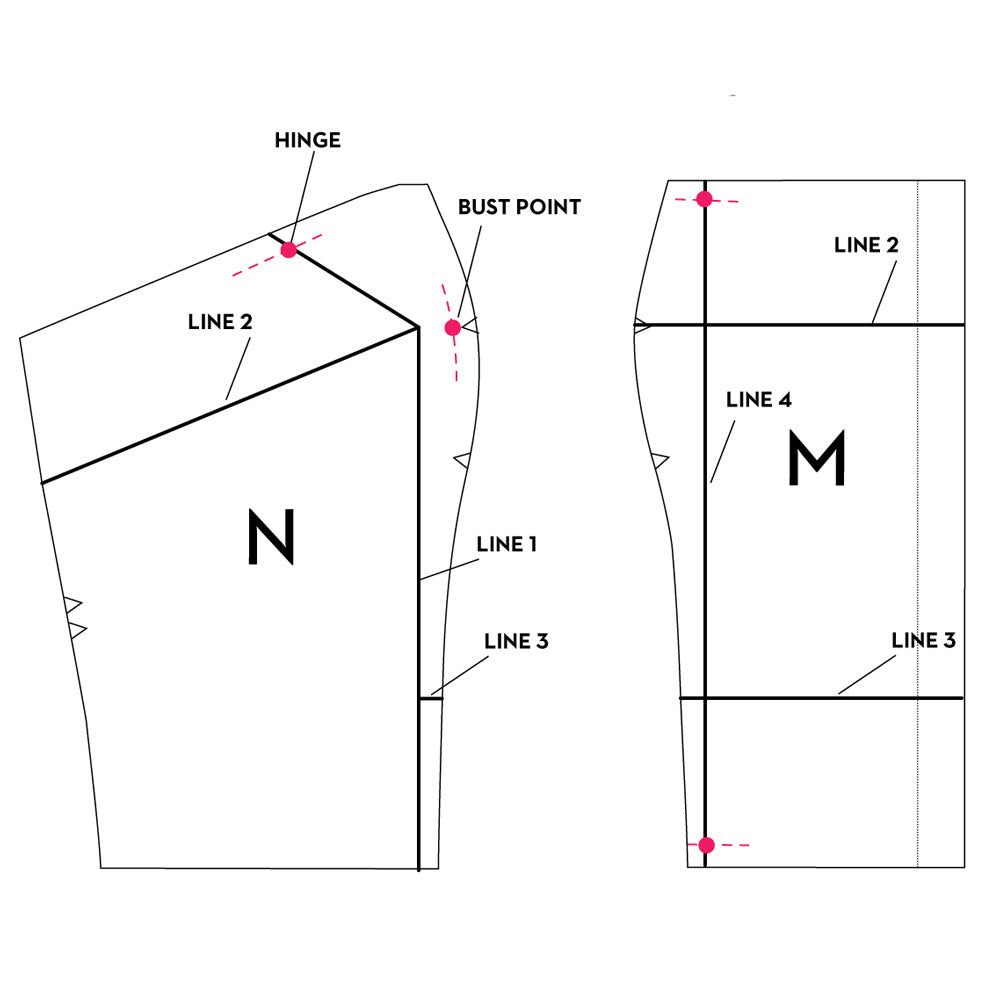
Sloane Bust Adjustments
Sloane features a fitted bodice with a princess seam, which is my favorite for fitting the bust area! Having a seam over the bust makes modifications to this area a pleasure.
In this tutorial, I'll show you how to create a full and small bust adjustment for this style. I'll show you the quick and dirty method for those of you who have just a little bit to add or take away, and I'll also walk you through the traditional approach to a bust adjustment for this style.
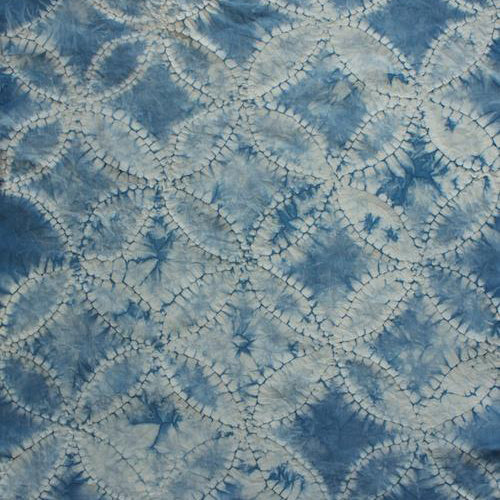
Shibori Stitch Resist
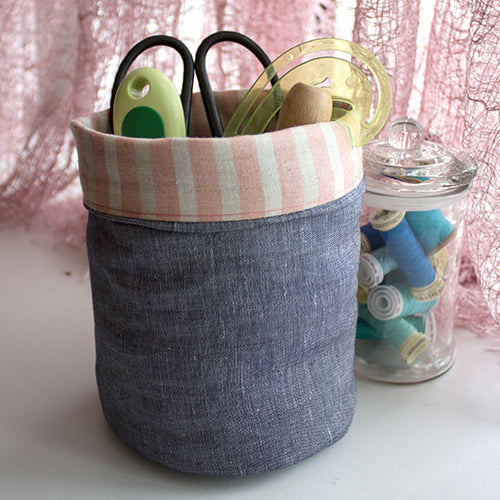
DIY Bucket bag

How to sew an Understitch

Finishing edges with bias binding
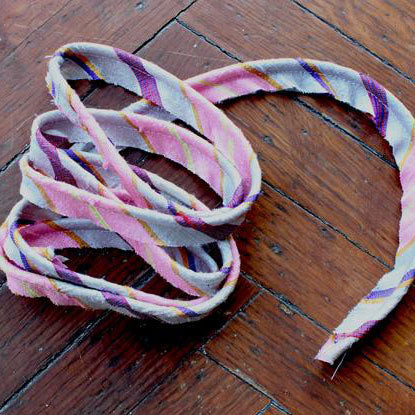
How to make self covered piping
Adding piping to your seams can add such a special touch. It's worth the extra bit of work as it can make your seams more prominent and beautiful.
Piping comes in lots of different colors and is usually in a basic cotton fabric, but it looks extra fancy when you create piping covered with self-fabric. Whether your pattern calls for it or not, you can add piping to seams if you want to spruce up the design a little. Here's a tutorial to show you how to cover store-bought piping with self-fabric.


